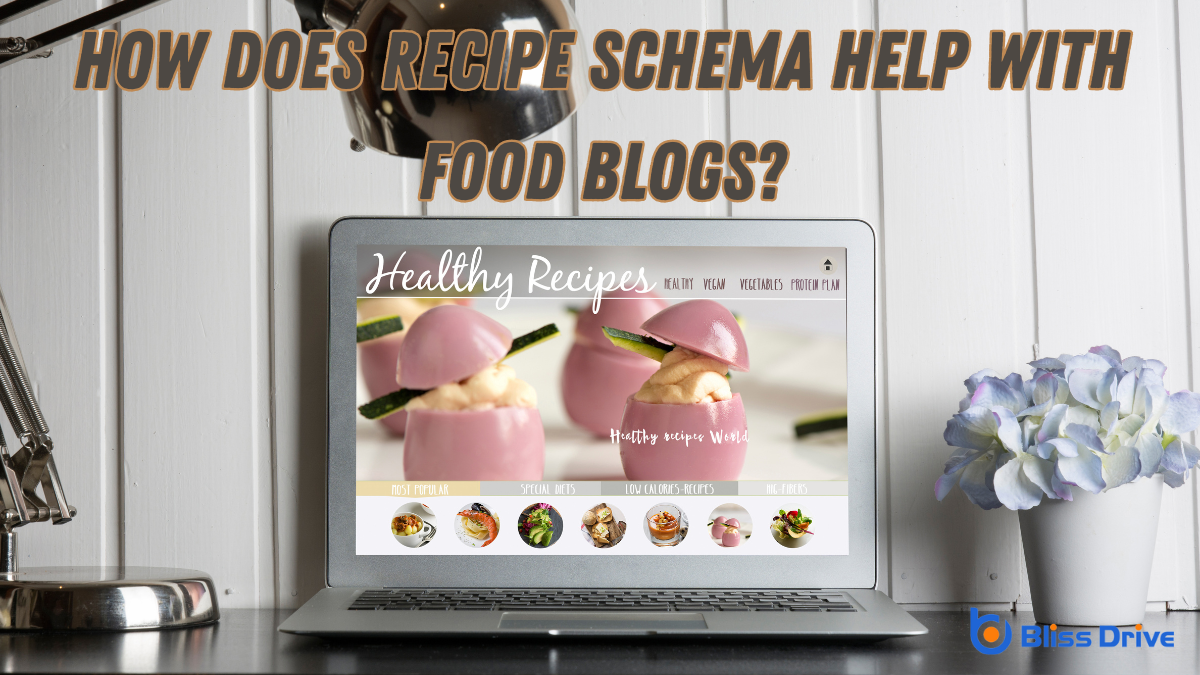Learn More About Us

Recipe schema can dramatically boost your food blog's visibility by enhancing how search engines interpret your recipes. Through structured data, you provide clear details on ingredients, cooking times, and steps, which helps your content appear in rich snippetsEnhanced search results featuring extra information like ratings or images., attracting more readers. It also makes recipes easily shareable on social media, increasing engagementThe interactions that users have with a brand’s content on social media.. With these techniques, you’ll not only enhance user experience but also build trust and keep visitors returning. Curious to explore these benefits further?
When you explore the world of food bloggingWriting and publishing articles on a website to provide information and engage readers., understanding recipe schema becomes essential for enhancing your blog's visibility and user experience.
Recipe schema is a specific type of structured data that helps search engines understand the content of your recipes. By implementing it, you're providing detailed information about your recipes, such as ingredients, cooking time, and nutritional facts. This not only makes your content more accessible to search engines but also improves how it's displayed in search results.
You should be mindful of key components like recipe title, description, and ingredients. Including instructions and nutritional information can further enrich user interactionAny action taken by a user on social media, such as likes, comments, shares, or retweets..
When you leverage these elements, your recipes become more attractive to both search engines and readers, offering a richer, more engaging experience.

Although many factors contribute to your blog's success, using structured data is a powerful tool for boosting search engine visibility. Recipe schema, a specific type of structured data, helps search engines better understand your content. By implementing it, you're telling search engines like Google that your content is about recipes. This increases the chances of your blog appearing in rich snippets or other enhanced search results, attracting more visitors.
With recipe schema, you can provide detailed information about ingredients, cooking times, and serving sizes. Search engines use this data to present your content attractively, making it stand out in search results.
By providing detailed recipe information, you can greatly enhance the user experience on your food blog. When readers visit your site, they’re looking for more than just a list of ingredients. They want clear instructions, serving sizes, prep and cook times, and nutritional info.
Including these details helps your audience feel confident and informed as they cook. Imagine someone trying a new dish. With all the information at their fingertips, they’re less likely to make mistakes or feel uncertain.
Additionally, providing tips or variations can inspire creativity and encourage users to return for more. Detailed recipes foster trust and make your blog a go-to resource. Ultimately, thorough information turns casual visitors into loyal followers who appreciate the effort you’ve put into helping them succeed.
How can you make your delicious recipes more shareable on social media? By leveraging recipe schema, you provide structured data that platforms like FacebookA social networking site where users can post comments, share photographs, and links to news or othe... and PinterestA visual discovery and bookmarking platform where users can find and save ideas. can readily use.
This means when someone shares your recipe, it appears with rich snippets—eye-catching images, ratings, and even cooking times. These attractive features make users more likely to click, engage, and share your content further.
To get started, guarantee your recipe schema includes essential tags, such as "name," "image," and "aggregateRating."
When you properly implement these tags, your recipes stand out visually and informatively on social media feeds. This approach not only enhances your online presence but also encourages more people to discover and appreciate your culinary creations.
Embrace recipe schema, and watch your audience grow!

Enhancing your recipes with structured data not only makes them more shareable on social media but also boosts organic trafficVisitors who come to a website through unpaid search engine results. to your food blog.
When you use recipe schema, search engines can better understand your content. This means your recipes are more likely to appear in rich snippets, which are eye-catching and informative search results. Users are drawn to these snippets because they provide key details like cooking time, ingredients, and ratings at a glance.
With structured data, your food blog gains better visibility and attracts more visitors who are interested in your culinary creations.
You’ll notice an increase in organic traffic because users find it easier to discover and engage with your recipes. This approach effectively turns casual browsers into loyal followers.
To effectively implement recipe schema on your blog, consider starting with a clear understanding of your content structure. Identify key elements like ingredients, cooking steps, and nutritional information.
Use structured data tools or plugins to add schema markupCode added to a website to help search engines understand the content. without coding. Verify each recipe includes fields like prep time, cook time, and serving size. This helps search engines understand and display your content better.
Regularly update your schema to align with the latest guidelines from platforms like Google. Test your schema using tools like Google’s Rich Results Test to spot errors.
Keep your content user-friendly by balancing technical optimization with readability. By doing so, you’ll enhance search visibility and provide users with valuable, easily digestible information.
By implementing recipe schema on your food blog, you’ll boost your search engine visibility and improve user experience. These structured data elements make your recipes stand out in search results and enhance social media sharing, drawing more eyes to your content. With detailed information readily available, users will find your recipes more appealing and easier to follow. Embrace these best practices to increase organic traffic and elevate your blog’s success in the competitive food blogging landscape.
